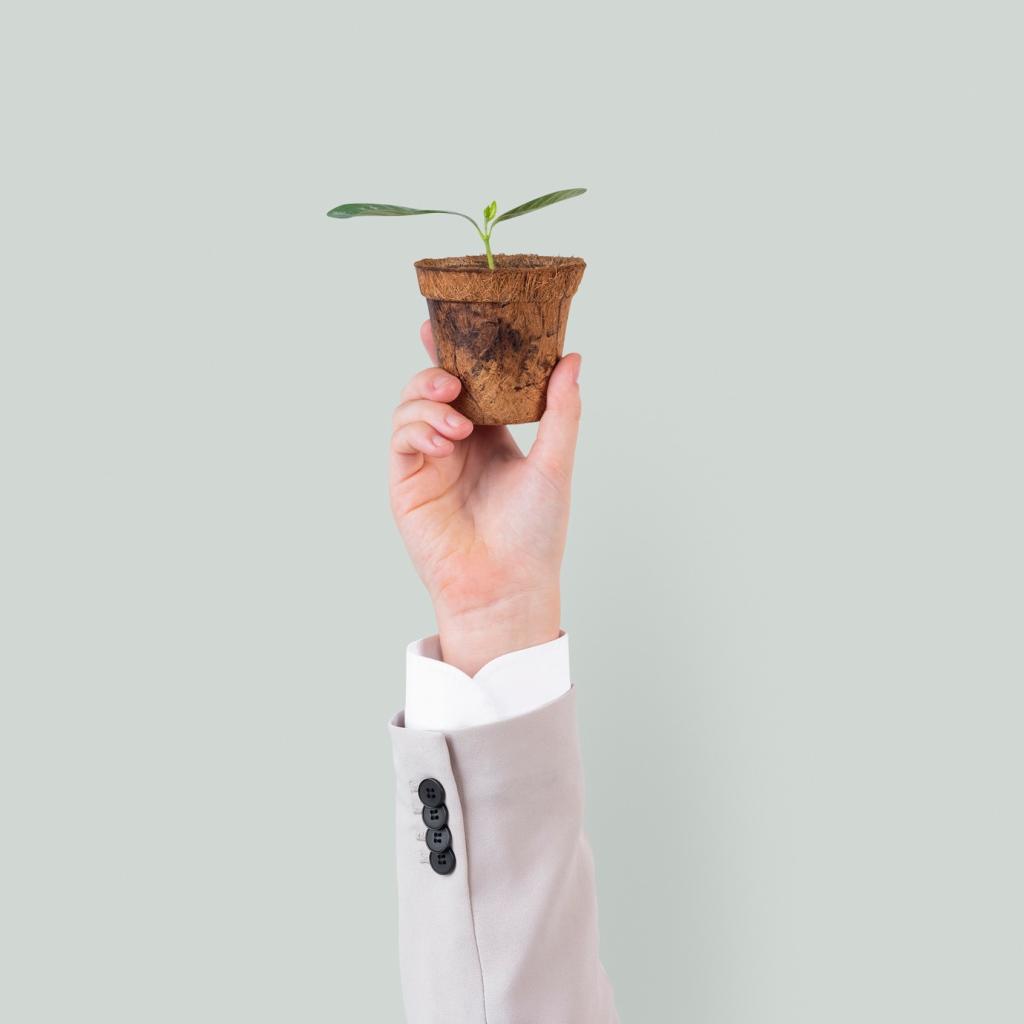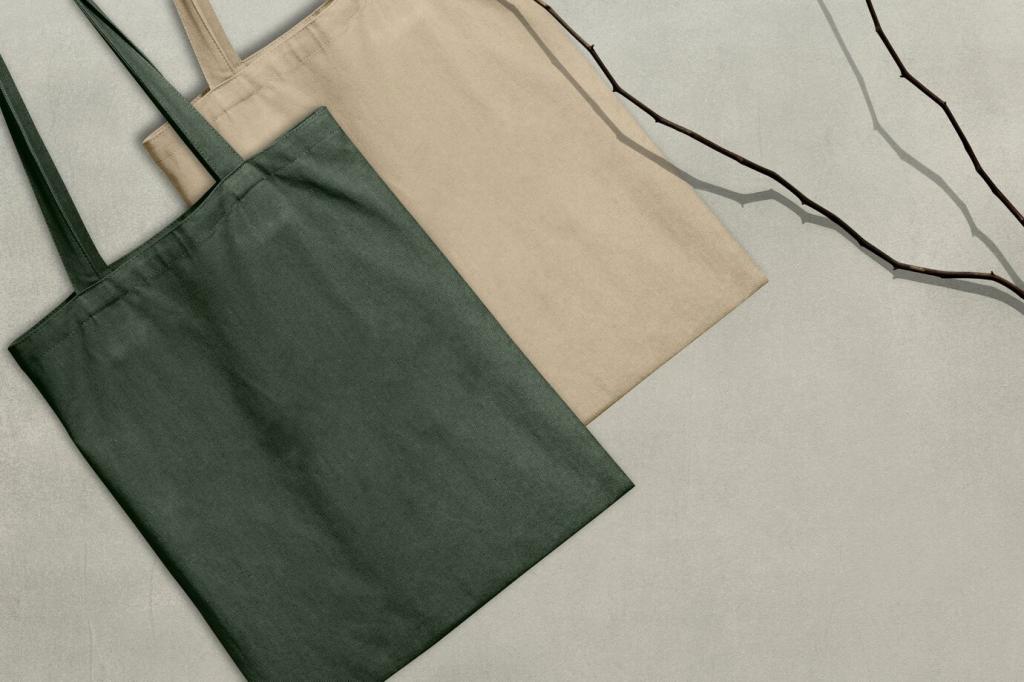Cutting-Edge Designs in Green Home Interiors
Innovative Materials for Sustainable Living
Upcycling has taken center stage in green interior design, transforming discarded objects into sophisticated decor. By giving new life to old wood, metal, glass, and textiles, designers achieve visually intriguing spaces that tell a story while minimizing landfill waste. Upcycled elements often become focal points—think reclaimed wood feature walls, vintage glass lighting, or repurposed industrial shelving. These pieces not only demonstrate environmental responsibility but also contribute to a sense of authenticity and uniqueness within the home. As upcycling methods grow more refined, their integration into cutting-edge designs is both seamless and inspiring.


Automated Climate Control Systems
Leading-edge climate control systems incorporate intelligent sensors and programmable thermostats to manage heating, cooling, and air quality efficiently. These systems learn from homeowners’ habits, adapting settings to optimize comfort while minimizing energy waste. Many can be controlled remotely via smartphones or integrated into broader home automation platforms, offering unparalleled convenience. By taking the guesswork out of energy management, automated climate systems ensure interiors remain pleasant year-round with minimal environmental impact, proving that sustainability can be effortless as well as effective.

Energy Monitoring and Smart Appliances
Energy monitoring tools now allow real-time tracking of household energy consumption, providing valuable insights into usage patterns and opportunities for improvement. Paired with smart appliances—such as refrigerators, washers, and ovens that adjust operation for peak efficiency—these systems empower homeowners to make informed decisions and reduce energy bills. The result is a home that not only saves resources but also operates with increased reliability and longevity. Smart appliances and monitoring create a transparent environment that fosters mindful consumption, an essential pillar of contemporary eco-living.

Water Conservation Innovations
Water-saving technologies go far beyond low-flow faucets and showerheads, integrating whole-house leak detection, smart irrigation systems, and greywater recycling solutions. These features adapt to family routines and local weather patterns, optimizing usage without compromising performance or comfort. By harnessing real-time data, water conservation systems can prevent waste, detect issues early, and even regrow landscapes more efficiently. Such innovations support the sustainable management of one of our most vital resources, making modern green homes as responsible as they are comfortable.
Biophilic Design and Indoor Nature
Living Plant Walls and Green Spaces
Vertical gardens and living plant walls introduce lush vegetation into interior environments, offering significant aesthetic and functional benefits. These features improve indoor air quality, reduce noise levels, and enhance humidity regulation. With creative plant selection and maintenance technology, these installations thrive in diverse climates and spaces—from kitchens to living rooms to home offices. Living walls express a commitment to healthy living and ecological balance, providing a refreshing focal point that evolves with time and care, and bringing the calming presence of nature to the very heart of the home.
Maximizing Natural Light and Views
Strategically placed windows, skylights, and glass doors flood interiors with daylight, reducing dependence on artificial lighting and promoting a stronger connection to the outdoors. By orienting spaces towards garden views or natural landscapes, designers foster a sense of openness and tranquility. Advances in glazing technology ensure that energy efficiency is maintained while harnessing the psychological and physiological benefits of sunlight. Emphasizing natural light transforms interiors into vibrant environments that evoke happiness and vitality, fundamental qualities of successful green home design.
Nature-Inspired Forms and Textures
Biophilic interiors are distinguished by organic forms, sensuous textures, and palettes that echo natural environments. Curvilinear furniture, tactile finishes, and surfaces resembling stone, wood, or foliage set the stage for an immersive experience. These elements infuse spaces with energy and movement, inviting occupants to touch and explore. By blurring the boundaries between indoor and outdoor, nature-inspired designs create harmonious settings that adapt gracefully to changing seasons and moods, achieving a sophisticated, grounded ambiance.
